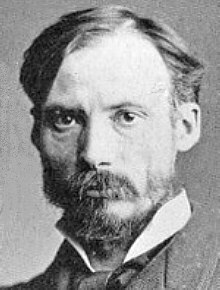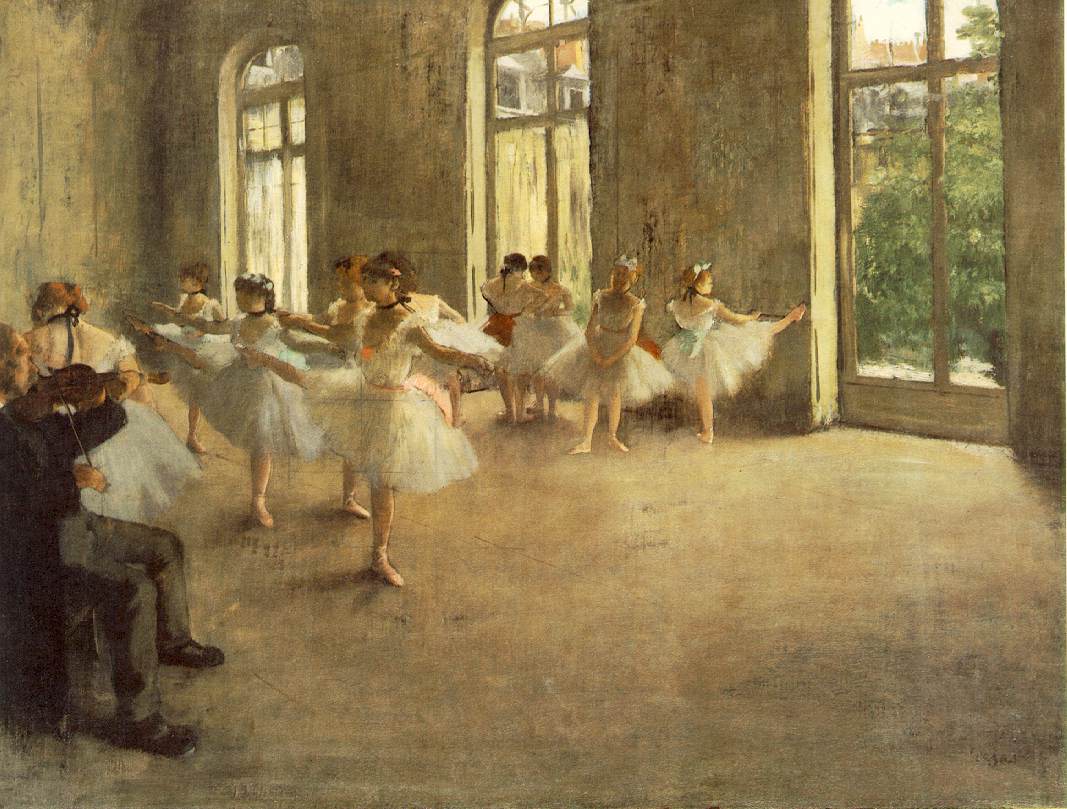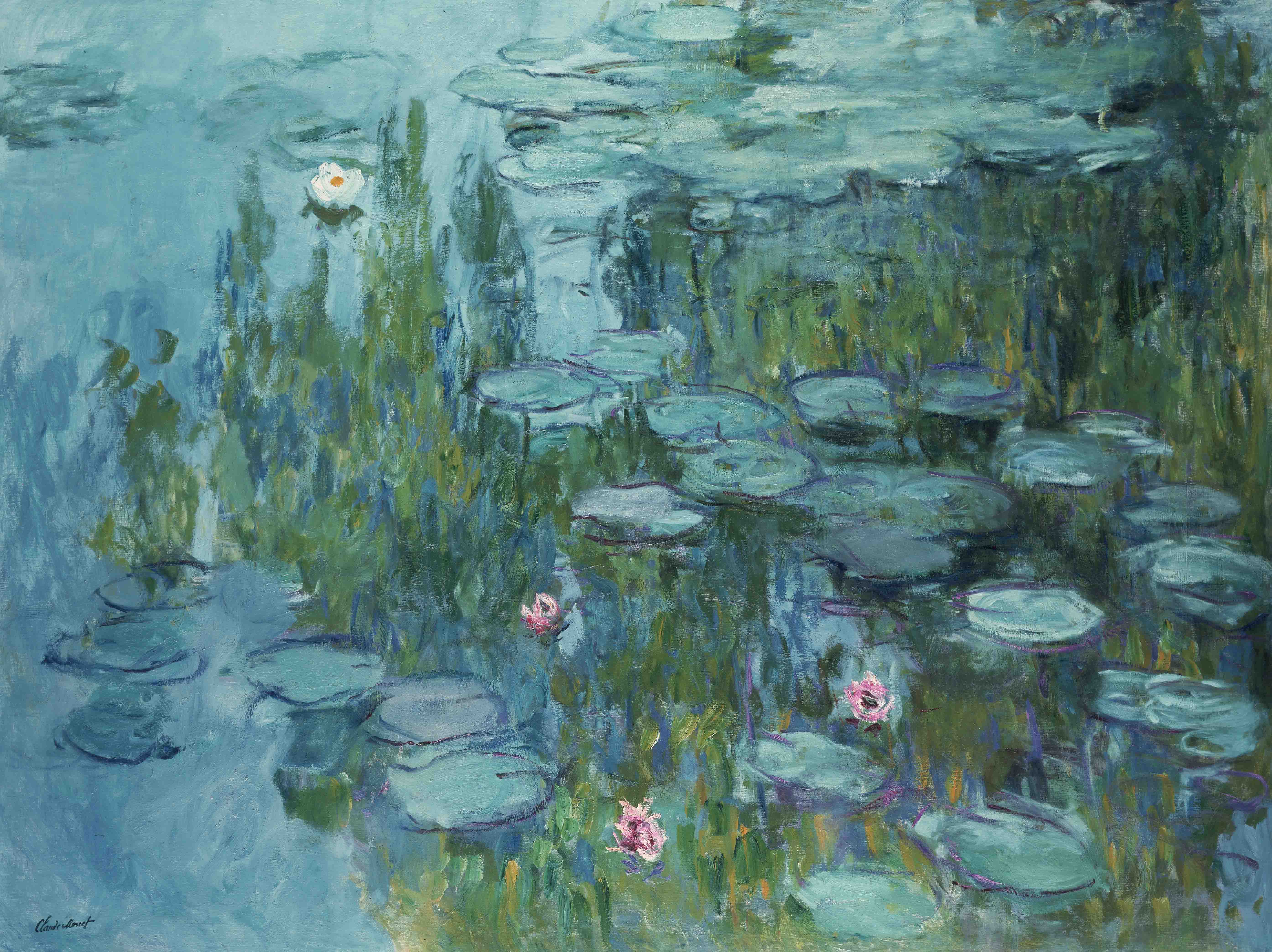Tuesday, May 17, 2011
Ppt - 20th Century Art
Monday, May 16, 2011
Ppt - 19th Century Art
Ppt - 17-18th Century Art
Ppt - The Renaissance
Ppt - The Dark Ages Pt. 2
Ppt - The Dark Ages
Ppt - Rome
Ppt - Greek Theater
Ppt - Greek Philosophy
Ppt - Greek Art
Ppt - Ancient Greece!
Ppt - Homer (Two Epic Poems)
Ppt - The Pre-Greek World
Ppt - Egyptian Art
Thursday, May 12, 2011
Ppt - Mesopotamia
Ppt - Pre-History Part 2
Tuesday, May 10, 2011
Gustav Klimt was born in Baumgarten. Although all three sons displayed artistic talent early on Gustav surpassed the others. His father, Ernst Klimt, formerly from Bohemia, was a gold engraver. His father gave him the edge he needed over other painters. With the addition of gold leaf to his work he was able to pass his other competition and show the various consumers that his prowess went beyond simple painting. His work was most fitting for the art nouveau period because his figures were smooth and composed of curves. He not only showed the world that he was capable of art, he led them into a new age of beauty.

The Kiss
This picture places an emphasis on the curves and the flex of the body. It guided the way for the classic look of the Art Nouveau movement and set a standard that was close to impassible. The curves not only make the man look strong, it give contrast to the woman's delicacy and gentler form.

Portrait of Adele Bloch-Bauer
This painting not only affirmed Klimt's place in the art world, it also defined the ideas of Art Nouveau. Another one his impressive works that lent his talent to that of a master beyond the classic and simple art that was settled for at the time. The curves of her dress contrast the oval shape of her face, while the gold of the background outlines her face in a brighter shade to illuminate her eyes and hair.
J. M. W. Turner
The picture shows great emotion of terror or fear. for that reason it fits into the era of Romanticism. The Snow Storm by J. M. W. Turner is a painting of a ship within a snow storm and depicts fear from the crew that is on the ship.
J. M. W. Turner was born the23rd of April in 1775. He died the 19 of December 1851. He was born in London to William Turner and Mary Marshall. His sister died at a young age which caused his mother to go insane and die in 1804. He went to the Royal Academy of Art at age 14. He was interested in architecture, but he was advised to keep painting by the architect Thomas Hardwick.
This painting depicts a different kind of emotion. The soft, bright colors show a calmness and a relaxed emotion of a sunny day. Though the emotion is not defined in the Romanticism definition it is still considered a powerful emotion in the Romanticism era.
Romanticism was the style of showing powerful emotion through painting. Emotions such as terror, horror, awe, and trepidation.
J.M.W. Turner fits into this area because of how he uses soft colors to depict emotion.
http://en.wikipedia.org/wiki/J._M._W._Turner
http://www.ellensplace.net/turner.html
Sam Elliott
Francisco de Goya
The Maja
Eugene Delacriox
 Delacriox was born in Charenton on April 26th, 1798. They believe that his mother’s husband isn’t actually his real father, that it might be Talleyrand a family friend. In 1805 his father died then in 1814 his mother died, leaving him an orphan. Therefore Talleyrand was the only one there to help take care of him. In 1825 a trip to England brings Delacriox into the painting style of Romanticism. He received many commissions to decorate buildings in Paris. In his later years he didn’t make any new art pieces. From 1834 to August 13th, 1863, he was cared for by his housekeeper because he was in such a fragile state of being.
Delacriox was born in Charenton on April 26th, 1798. They believe that his mother’s husband isn’t actually his real father, that it might be Talleyrand a family friend. In 1805 his father died then in 1814 his mother died, leaving him an orphan. Therefore Talleyrand was the only one there to help take care of him. In 1825 a trip to England brings Delacriox into the painting style of Romanticism. He received many commissions to decorate buildings in Paris. In his later years he didn’t make any new art pieces. From 1834 to August 13th, 1863, he was cared for by his housekeeper because he was in such a fragile state of being.
For more on romanticism: http://en.wikipedia.org/wiki/Romanticism
For more of a biography on Eugene Delacriox: http://en.wikipedia.org/wiki/Eug%C3%A8ne_Delacroix
Claude Monet
Claude Monet is considered to be the father of French Impressionism. He highly enjoyed painting scenes of nature and calm landscapes in his own unique style. He was born on November 14, 1840 on the fifth floor of an apartment. In his childhood, his name was Oscar. On april 1st, 1851, he entered his first art school and met the man who told him to use oil paints. He also grew an awesome beard. I totally envy it. After this, he married his wife, Cammile. From then on, he moved from Paris to a small town in the Netherlands. he often visited nearby Amsterdam. Finally, in 1871, his wife died of cancer. Monet died of lung cancer on 5 December 1926 at the age of 86 and is buried in the giberny church cemetery.
Monday, May 9, 2011
Auguste Rodin
 "The Thinker" shows that he is a realist artist. The sculpture shows a person simply sitting and thinking. Rodin tried to put every detail possible into his sculptures and he is famous because of this.
"The Thinker" shows that he is a realist artist. The sculpture shows a person simply sitting and thinking. Rodin tried to put every detail possible into his sculptures and he is famous because of this.For in-depth information on Rodin and his works, go to:
http://www.rodin-web.org/frames.htm
Cody H.
Friday, May 6, 2011
Pierre-Auguste Renoir By: Jacob Brumaghin
Impressionism- An art movement in the 19th century that came about because of French artists who became famous through independent exhibitions. Impressionism has very small lines, thin lines, that are still visible. Depicts light in changing quantities, includes movement.

Dance at Le Moulin de la Galette- This is very important due to his small tiny strokes as well as the scene.

 Luncheon of the Boating Party, 1880–1881- This is also important because of the small strokes and beautieful scene and colors/contrast
Luncheon of the Boating Party, 1880–1881- This is also important because of the small strokes and beautieful scene and colors/contrastJean-Francois Millet
Realist: a realist depicts objects and people as they actually appear in real life.
Van gogh
born-
March 30, 1853
died-
July 29, 1890
Vincent Van Gogh was a dutch post impressionist painter whose work had a far-reaching influence on 20th century art for its vivid colors and emotional impact. He suffered from anxiety and increasingly frequent bouts of mental illnes throughout his life and died, largely unknown, at the age of 37 from a self-inflicted gunshot wound.the post impressionist age extended imperessionism while rejecting its limitations. they continued using vivid colours, thick application of paint, distinctive brush strokes, and real-life subject matter, but they were more inclined to emphasize geometric forms, to distort form for expressive effect, and to use unnatural or arbitrary colour.
Edgar Degas
 Impressionism: Degas is often identified as an Impressionist, an understandable but insufficient description. Impressionism originated in the 1860s and 1870s and grew, in part, from the realism of such painters as Courbet and Corot. The Impressionists painted the realities of the world around them using bright, dazzling colors, concentrating primarily on the effects of light, and hoping to infuse their scenes with immediacy.
Impressionism: Degas is often identified as an Impressionist, an understandable but insufficient description. Impressionism originated in the 1860s and 1870s and grew, in part, from the realism of such painters as Courbet and Corot. The Impressionists painted the realities of the world around them using bright, dazzling colors, concentrating primarily on the effects of light, and hoping to infuse their scenes with immediacy.Edouard Manet
 Edouard was a french painter in the 19th century. He was born 1832 and died 1883. he was one of the first artist to apporch modern life. He was born in-to the upper class society. In 1856, Manet opened his own studio. His style in this period was characterized by loose brush strokes, simplification of details and the suppression of transitional tones. The roughly painted style and photographic lighting in these works was seen as specifically modern, and as a challenge to the Renaissance works Manet copied or used as source material. His work is considered 'early modern'.
Edouard was a french painter in the 19th century. He was born 1832 and died 1883. he was one of the first artist to apporch modern life. He was born in-to the upper class society. In 1856, Manet opened his own studio. His style in this period was characterized by loose brush strokes, simplification of details and the suppression of transitional tones. The roughly painted style and photographic lighting in these works was seen as specifically modern, and as a challenge to the Renaissance works Manet copied or used as source material. His work is considered 'early modern'. Louis Tiffany
Louis Comfort Tiffany was the son of Charles Lewis Tiffany, founder of Tiffany & Co., America’s foremost retailer of luxury goods. Although his father had initially hoped that his son would succeed him as head of the company, Louis Comfort Tiffany's early interest was in painting. In the 1860s and 1870s, Louis studied under the American landscape painter George Inness, Tiffany combined the use of light, colors and nature in his work. He received praise for his oils and watercolors, which included scenes from his travels in Europe and North Africa. By 1879, Tiffany had established himself as a serious artist.
In the same year, he also seized up the suggestion of Candace Wheeler that he join with Samuel Colman and Lockwood de Forest to form a firm that would apply aesthetic idealism to the practice of interior design. Impelled by Tiffany's leadership and nascent talent, as well as by his father's money and connections, Louis Comfort Tiffany and Associated American Artists thrived in the fields of interior design and decorative arts. His commissions for Mark Twain, Cornelius Vanderbilt and the White House under President Arthur earned him an international reputation and great success. Stained-glass windows were a feature in these interiors.
The pieces he produced between the 1890s and 1918 were magnificent, exotic and of the highest quality. He mass-produced work of superior design with outstanding handcrafted details and he patented various types of glass, amongst them the iridescent glass called "Favrile". Tiffany functioned as the ultimate authority over more than three hundred workers, designers and artists, glass blowers and gaffers, and artisans of numerous other tasks.
Thursday, May 5, 2011
Paul Cezanne
Paul Cezanne
Wednesday, May 4, 2011
Your Next Assignment: 19th Century Artists
- A 1-paragraph biography of the artist (in your own words!)
- A description of the art period he is from
- An explanation for how the artist fits that art period style
- Pictures of 2 of his most famous works that illustrate what you just explained
- A paragraph for each picture explaining why that art piece is significant (what does it show about the artist/time period/art style/etc.)
- Hyperlinks to your sources













.jpg)




